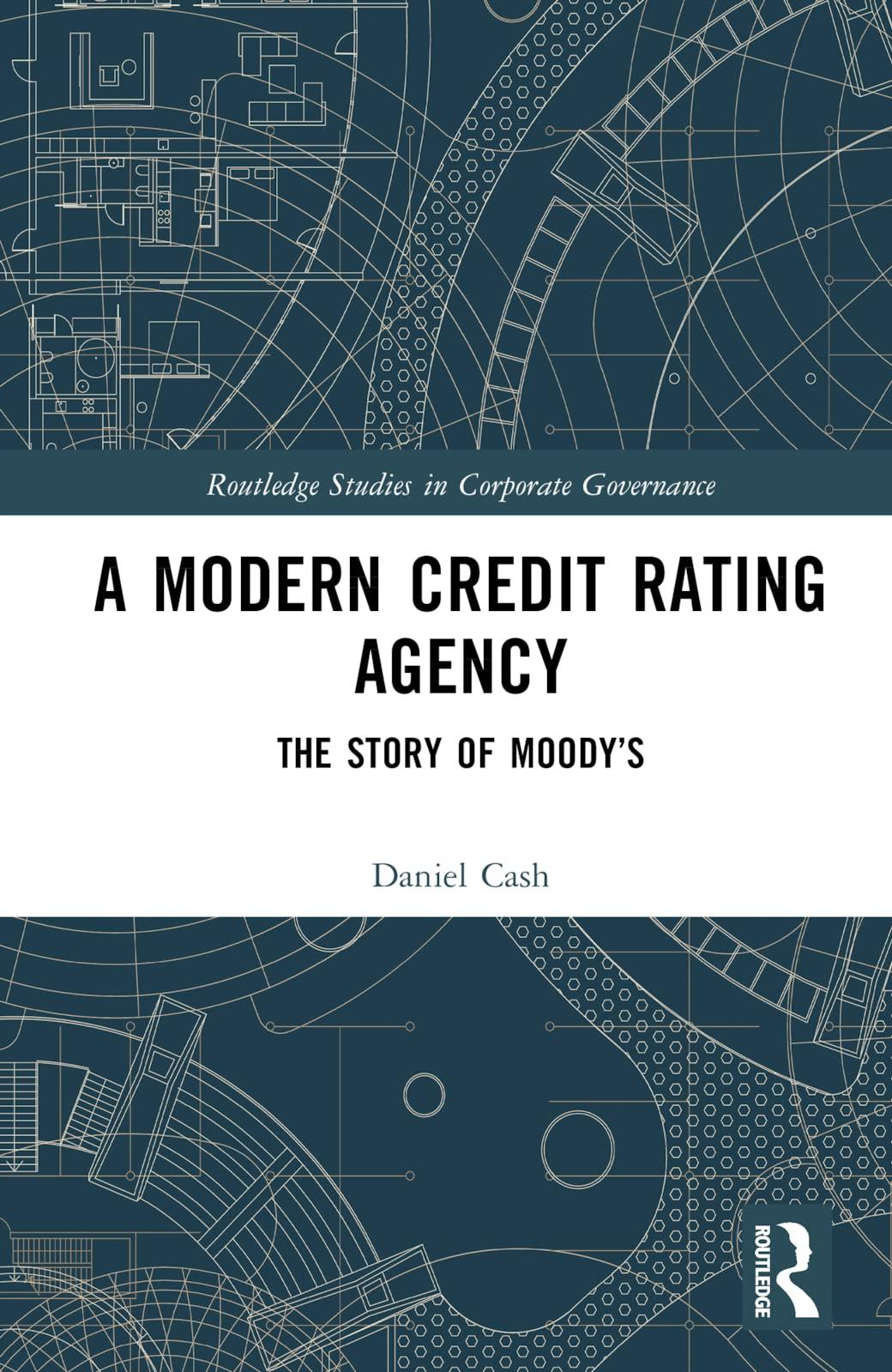Question
You have also gathered historical returns for the past 10 years for Timos, Inc. and Gourmange Corporation (a producer of gourmet specialty foods) and the
You have also gathered historical returns for the past 10 years for Timos, Inc. and Gourmange Corporation (a producer of gourmet specialty foods) and the stock market. The Risk-free rate is 4% and the market risk premium is 5%.
Historical Stock Returns
Year Market Timos Gourmange
1 30% 26% 47%
2 7 15 54
3 18 14 15
4 22 15 7
5 14 2 28
6 10 18 40
7 26 42 17
8 10 30 23
9 3 32 4
10 38 28 75
Average return: 8.0% ? 9.2%
Standard deviation: 20.1% ? 38.6%
Correlation with the market: 1.00 ? 0.678
Beta: 1.00 ? 1.30
a.What is the return on an investment that costs $ 1,000 and is sold after 1 year for $ 1,060?
b. Graph the probability distribution for the bond returns based on the 5 scenarios. What might the graph of the probability distribution look like if there were an infinite number of scenarios (i.e., if it were a continuous distribution and not a discrete distribution)?
c. Use the scenario data to calculate the expected rate of return for the 10-year zero coupon Treasury bonds during the next year.
d. Your client has decided that the risk of the bond portfolio is acceptable and wishes to leave it as it is. Now your client has asked you to use historical returns to estimate the standard deviation of Timoss stock returns. (Note: Many analysts use 4 to 5 years of monthly returns to estimate risk and many use 52 weeks of weekly returns; some even use a year or less of daily returns. For the sake of simplicity, use Timoss 10 annual returns.)
e.Your client is shocked at how much risk Timos stock has and would like to reduce the level of risk. You suggest that the client sell 25% of the Timos stock and create a portfolio with 75% Timos stock and 25% in the high-risk Gourmange stock. How do you suppose the client will react to replacing some of the Timos stock with high-risk stock? Show the client what the proposed portfolio return would have been in each of year of the sample. Then calculate the average return and standard deviation using the portfolios annual returns. How does the risk of this two-stock portfolio compare with the risk of the individual stocks if they were held in isolation?
f. Suppose an investor starts with a portfolio consisting of one randomly selected stock. As more and more randomly selected stocks are added to the portfolio, what happens to the portfolios risk?
g. According to the Capital Asset Pricing Model, what measures the amount of risk that an individual stock contributes to a well-diversified portfolio? Define this measurement.
Step by Step Solution
There are 3 Steps involved in it
Step: 1

Get Instant Access to Expert-Tailored Solutions
See step-by-step solutions with expert insights and AI powered tools for academic success
Step: 2

Step: 3

Ace Your Homework with AI
Get the answers you need in no time with our AI-driven, step-by-step assistance
Get Started


